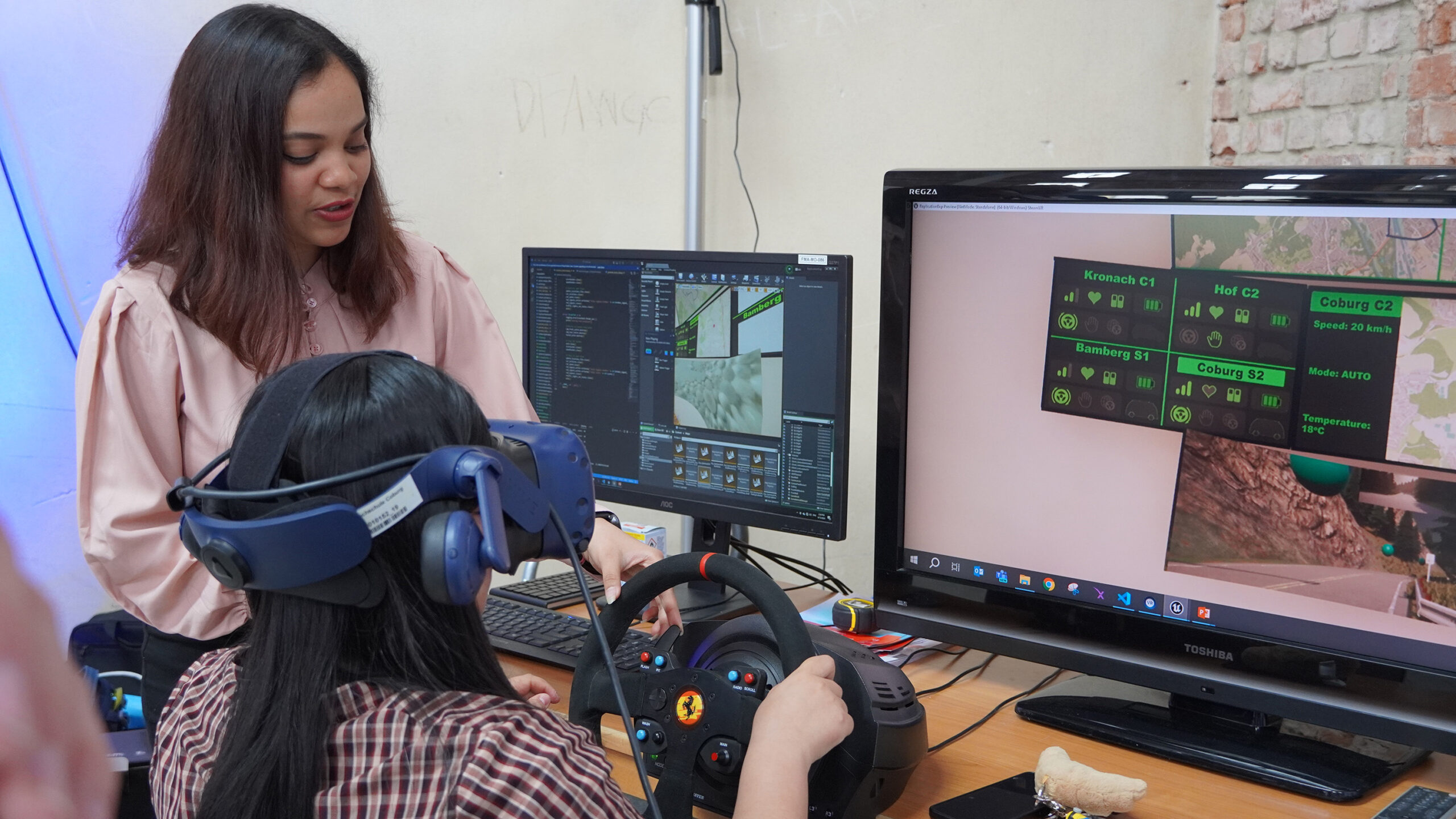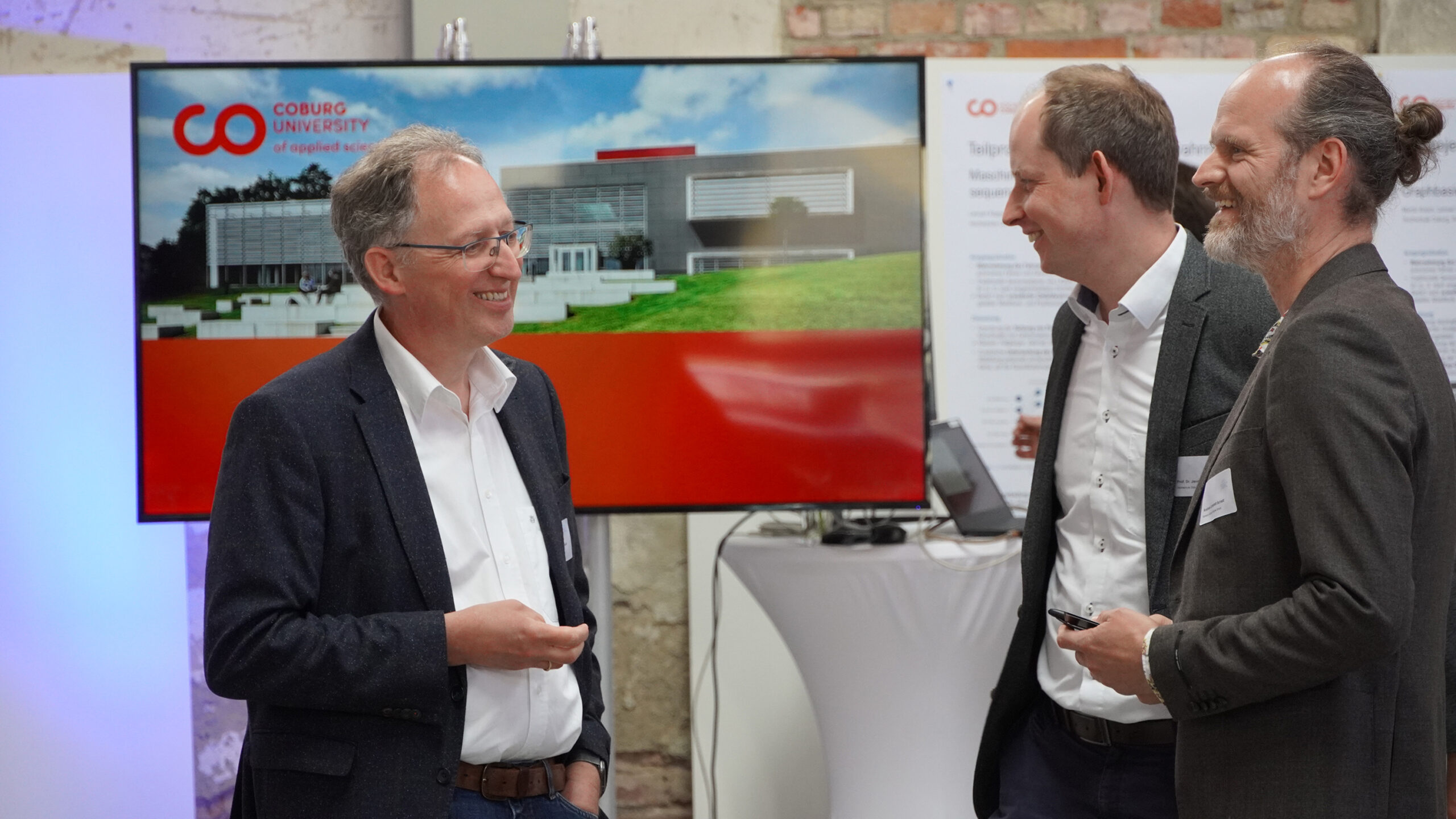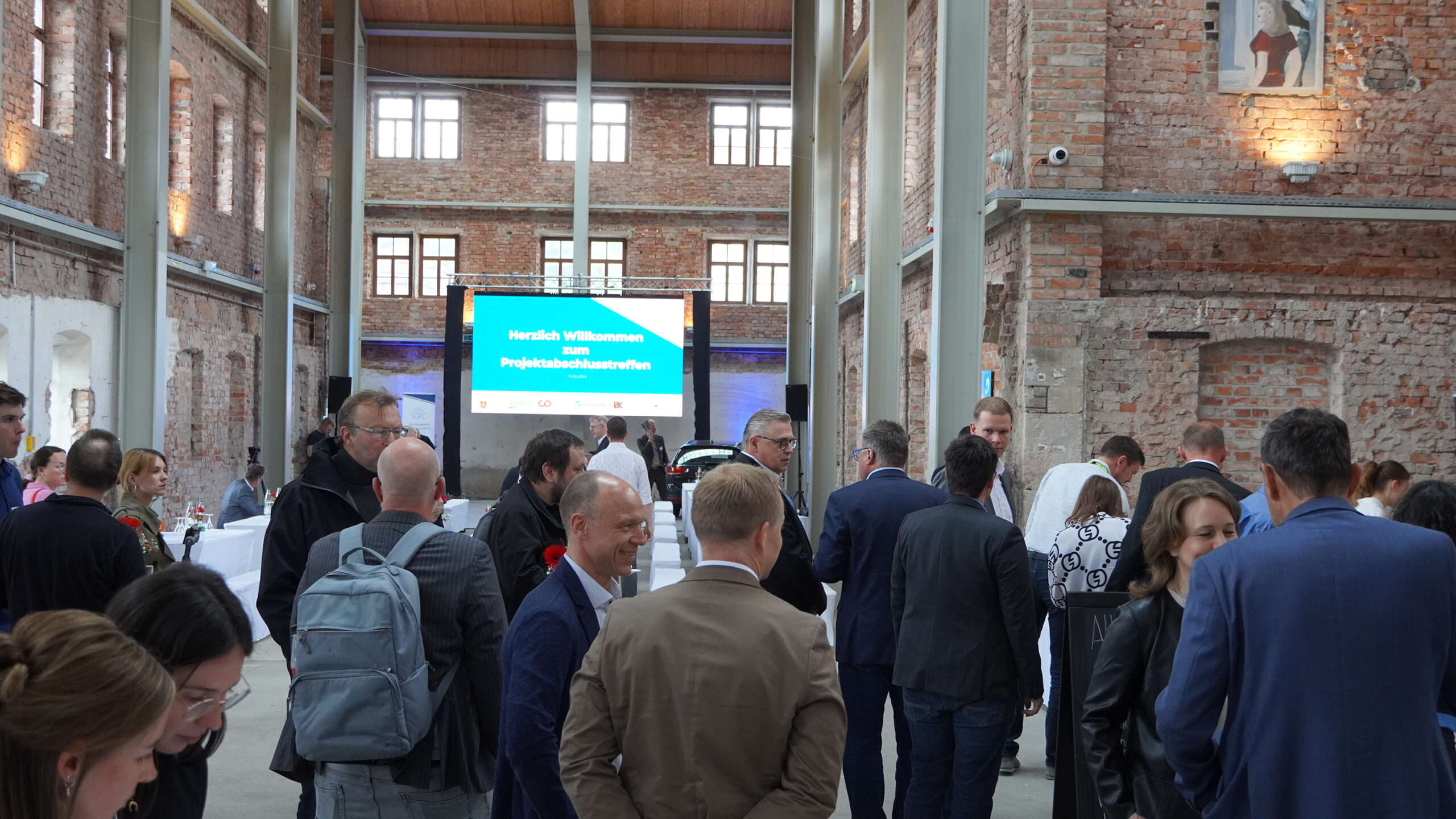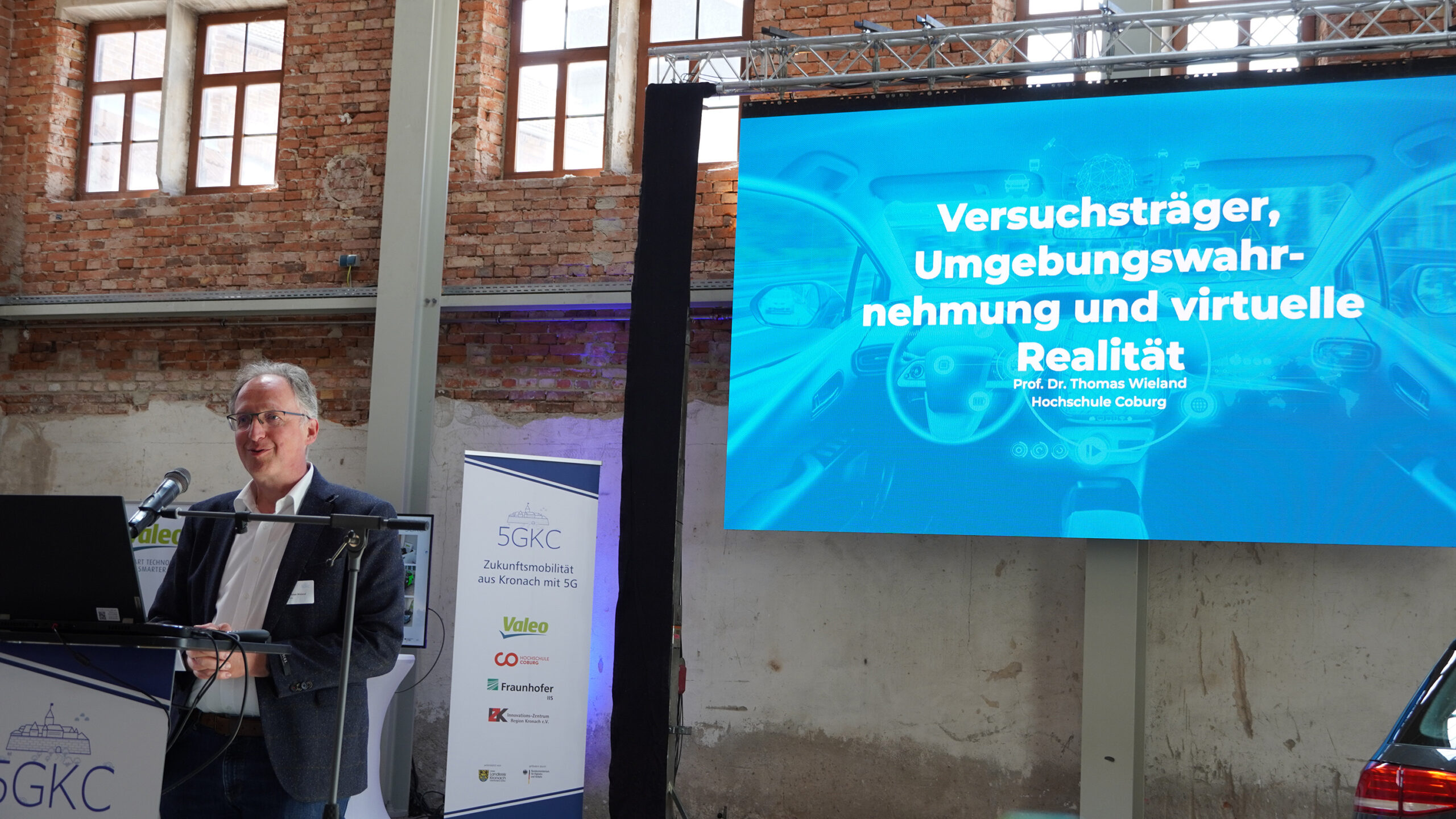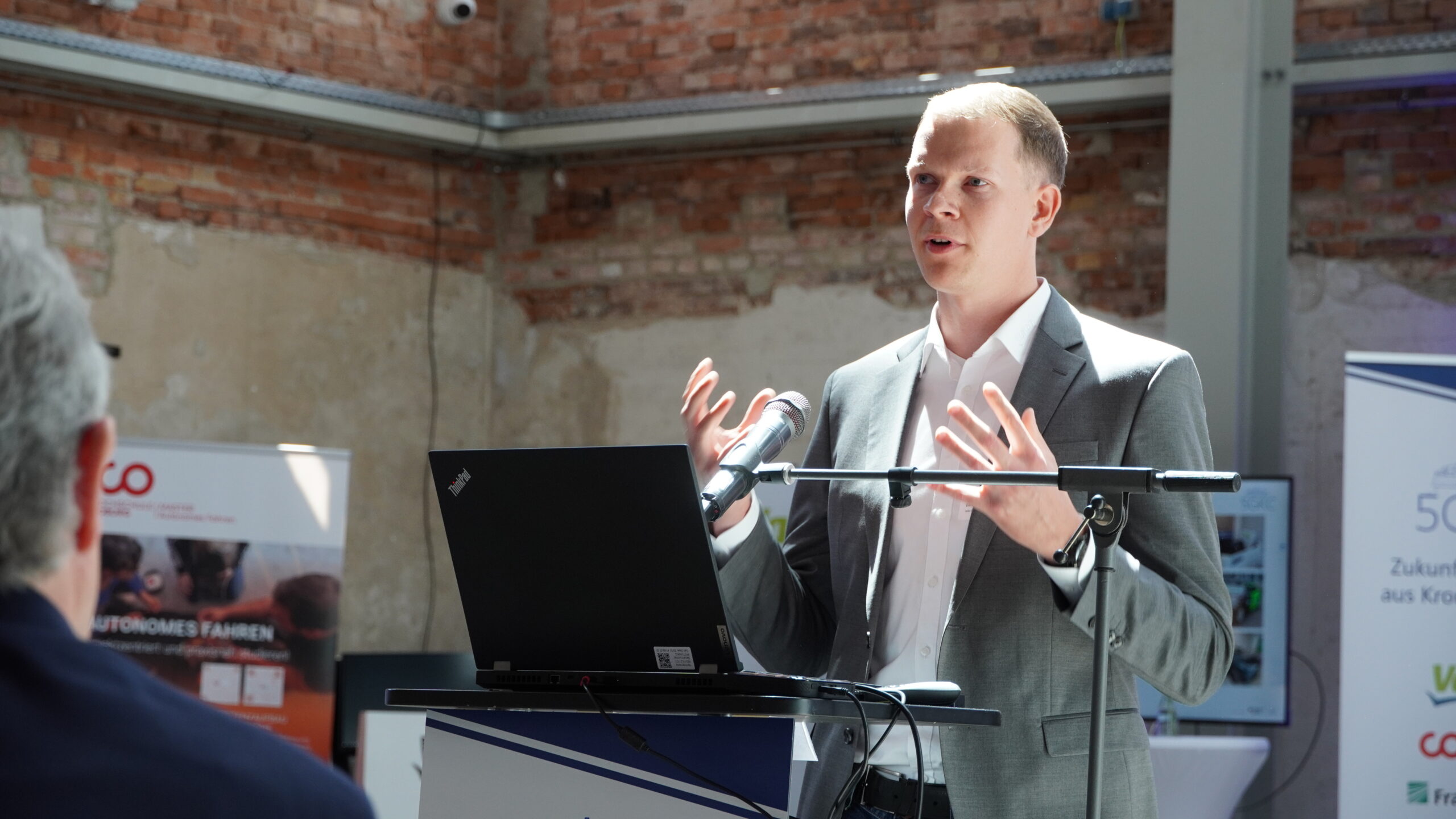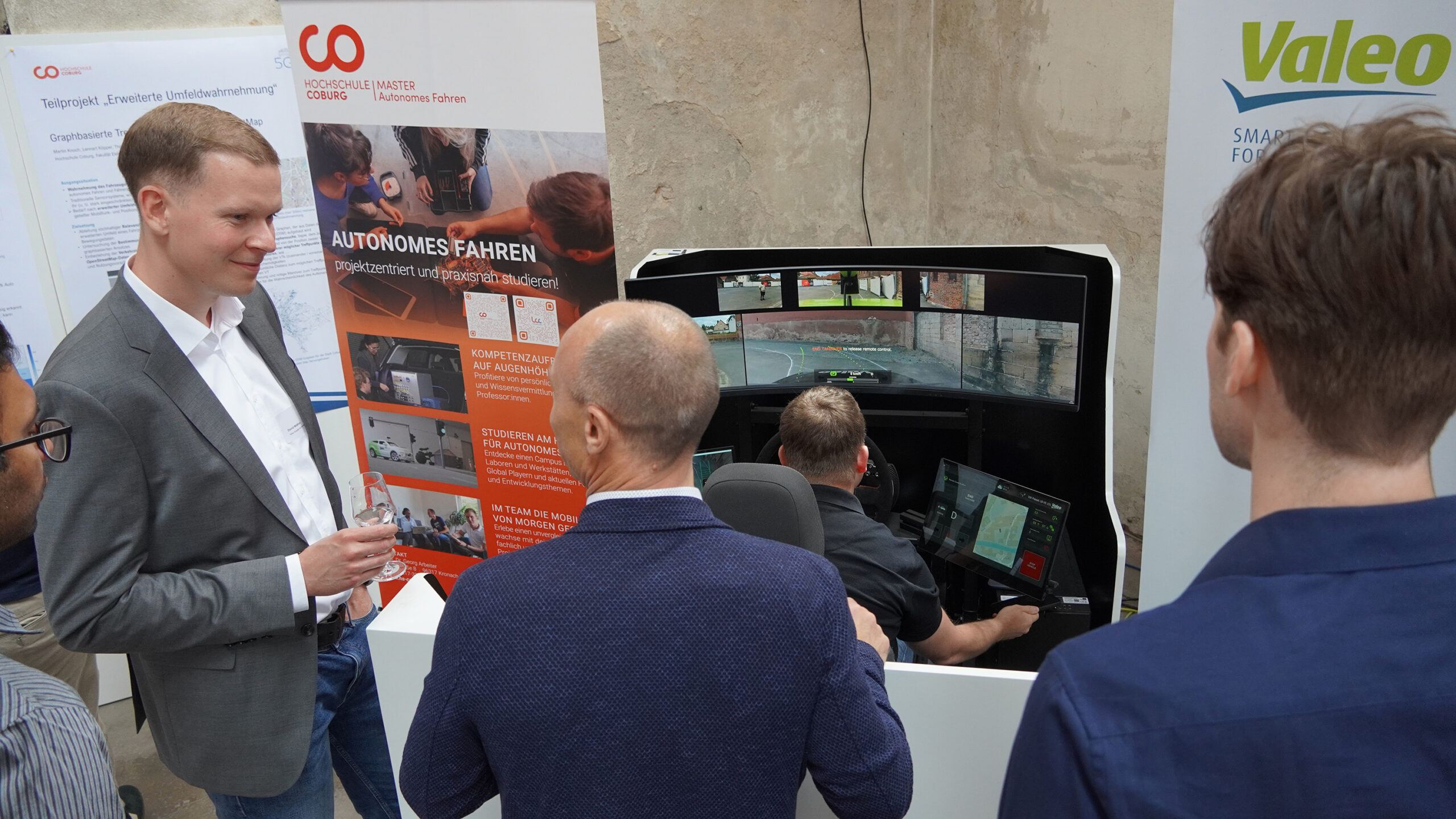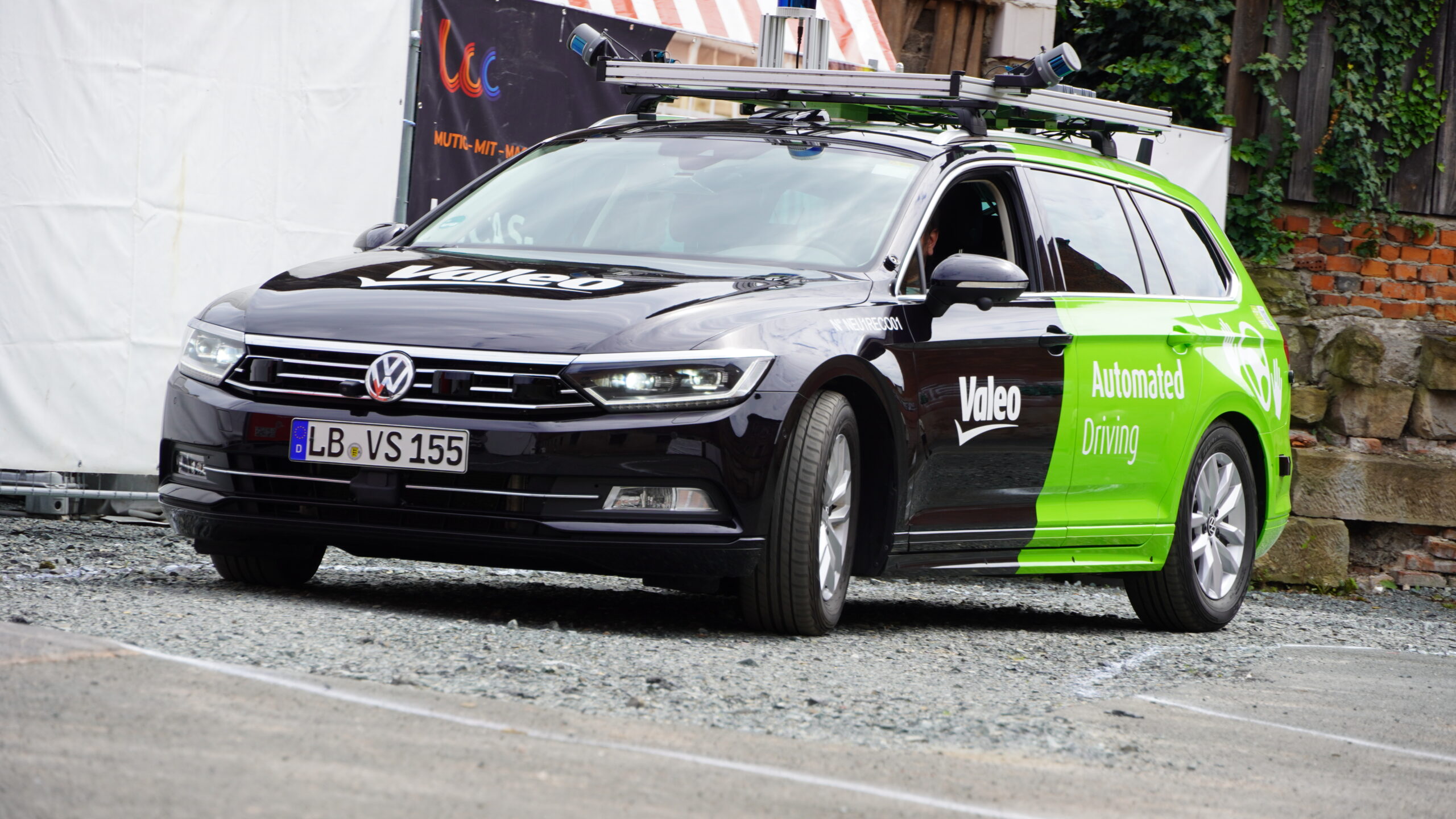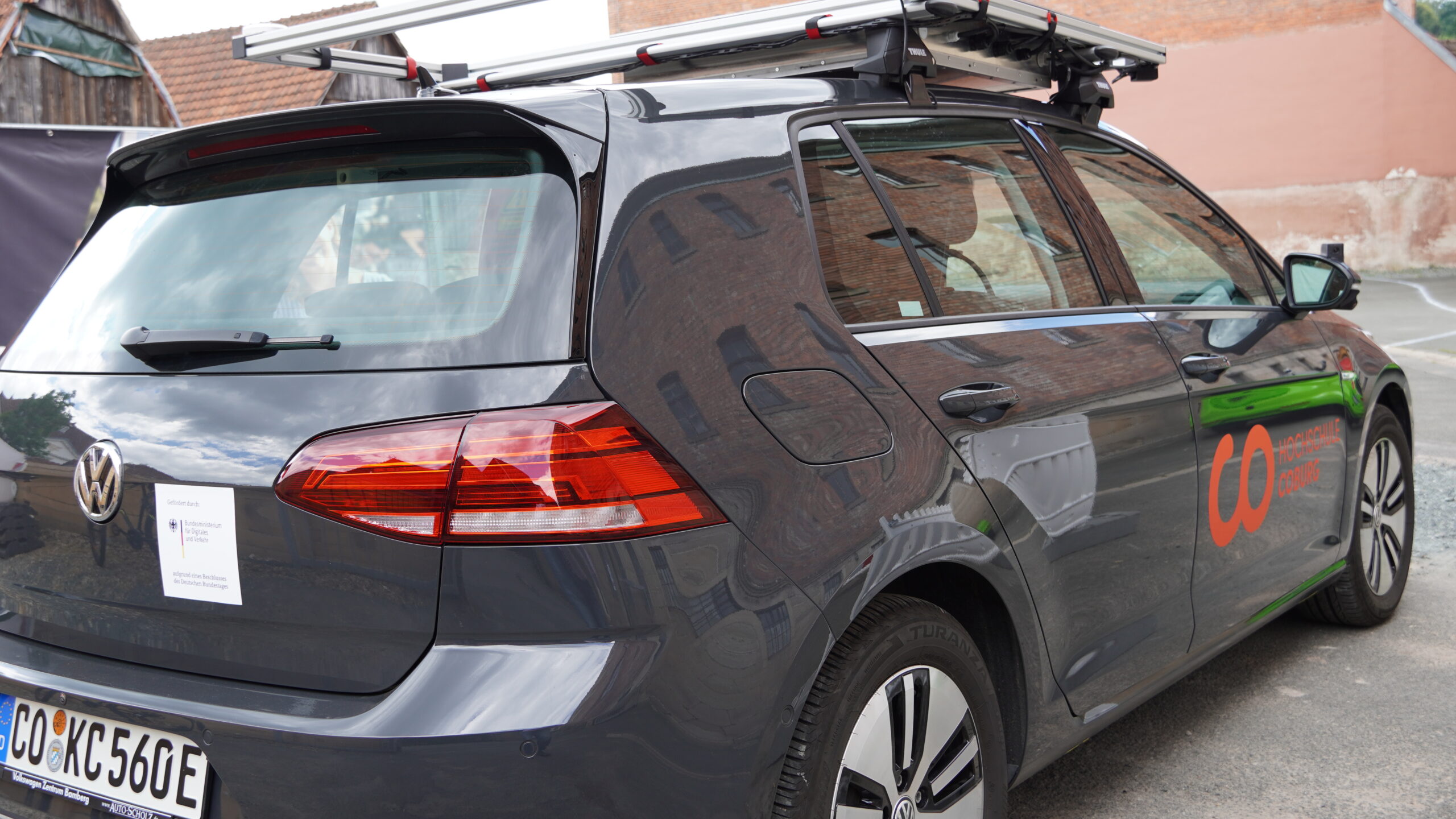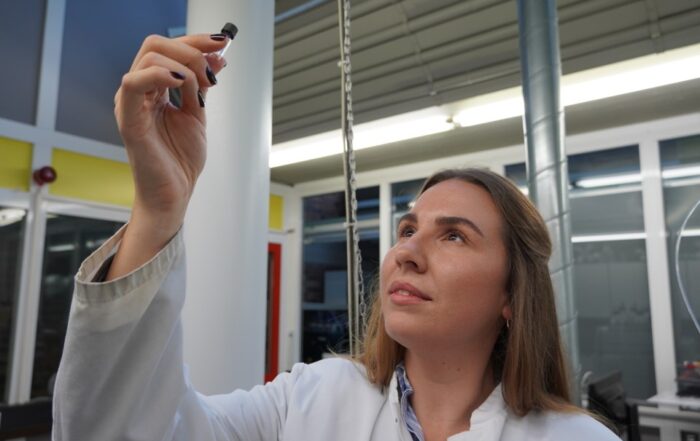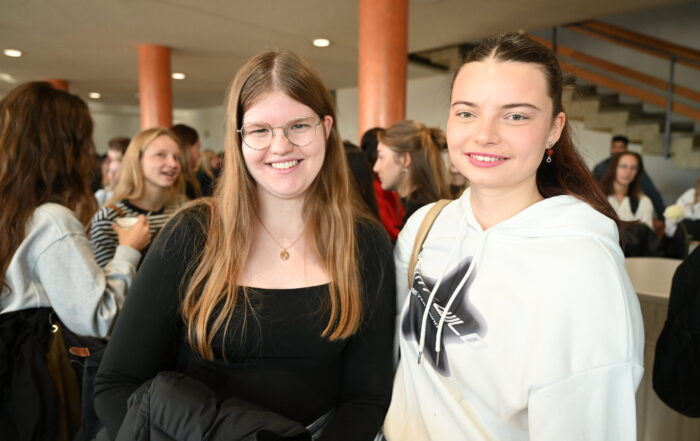20. June '24
from Andreas Wolf
Three years of development, construction and research into remote control with 5G mobile technology.
What will the mobility of tomorrow look like?
A consortium of companies and universities tested this in Kronach.
The results of this collaboration were presented at the final “5GKC” event on June 13, 2024.
The foundations have been laid. Autonomous driving requires not only smooth remote control, but also a network connection that is as latency-free as possible.
The hope lies in 5G mobile communications technology, on which the 5GKC project is based.
To this end, project leader Valeo and Coburg University of Applied Sciences, in collaboration with the Fraunhofer Institute for Integrated Circuits IIS and the Kronach Region Innovation Center, have joined forces to form a consortium.
The result of the three-year partnership: two 5G campus networks were set up as test fields for 5G communication in Kronach.
Five vehicles equipped and ready for testing are available for this purpose, one of which was newly equipped for Coburg University of Applied Sciences.
The research results have laid the foundations for further research into the safe control and monitoring of autonomous vehicles.
Kronach has thus become a model region for automated driving – with its own test tracks. From theory to practice While the technical development and communication of 5G technology was the responsibility of the project partners Valeo and the Frauenhofer Institute for Integrated Circuits (IIS), Coburg University of Applied Sciences concentrated on the research and academic training of the necessary specialist staff.
A major research focus: expanding the “perception” of the teleoperator and the vehicle with regard to the environment, as well as its visualization with virtual reality.
The data evaluation of the autonomous vehicle’s five LIDAR sensors and 14 cameras was refined and successfully tested over many hours of work.
The vehicle can both move automatically and be controlled by the control station at the Lucas Cranach Campus, says research manager Prof. Dr. Thomas Wieland from the Faculty of Electrical Engineering and Computer Science: “We investigated what happens when a self-driving vehicle comes to places that are difficult to see and suddenly a pedestrian or cyclist appears. Localization in the 5G network was not yet possible at the beginning, so we had to build our own app to enable perception.”
Corresponding software adaptations were developed to supply a neural network with data to recognize and categorize different road users and their movement patterns.
“Here we are already in the field of machine learning. In the end, the car has to know how to handle the information,” says Wieland. No perception without reception However, in order for this to happen with as little delay and interference as possible, appropriately adapted networks are needed, which first had to be set up in Kronach.
At the start of the project in 2021, network coverage in the test district was still very patchy – but this has since changed.
The Faculty of Mechanical and Automotive Engineering has worked out what data is needed for remote control in order to perform the driving task safely, says Prof. Dr. Lucila Patiño Studencki: “The project has served to identify important challenges that exist in the perception of the teleoperator and an autonomous vehicle. Although we have now gained a better understanding of this complexity, many research questions remain that need to be resolved before full automation can be realized on public roads.”
The researchers investigated what the vehicle’s static environment looks like and how other road users behave. This is because vulnerable road users in particular must be recognized by the vehicle or network and the information must be transmitted quickly to the teleoperator.
How well this works depends not only on the data, but also on the effects of latency times – i.e. signal delays on the test track.
To this end, improvements were developed and a modeling approach to the influence on driving behavior was designed.
Future improvements should ultimately lead to the most efficient remote control and seamless environmental communication possible – even with different network providers and varying network quality.
Finally, the question of how the teleoperation and monitoring of autonomous vehicles works in virtual reality was also investigated.
Here, simulation was at a disadvantage compared to real control centers – even if newer VR generations show the potential to catch up with real displays in the future. Application-oriented research The foundations for the expansion of autonomous driving are now in place and the first specialized experts have not only been trained over the past three years in the Master’s degree course in Autonomous Driving, but have also developed their own products.
Thanks to the collaboration with Valeo, the IIS and the Kronach Innovation Center, the region has become a pioneer in autonomous automotive technology.
The project is also a success for Prof. Dr. Wieland: “We were able to significantly strengthen our university location Kronach and thus the innovation triangle Coburg-Kronach-Lichtenfels. We are now in a position to expand our own 5G campus network at the first and only one of our university locations and to carry out in-depth research projects.”
In future, this should make autonomous driving even safer and the monitoring and control of automated vehicles easier and more convenient.
However, this will require more work with 5G mobile technology.


